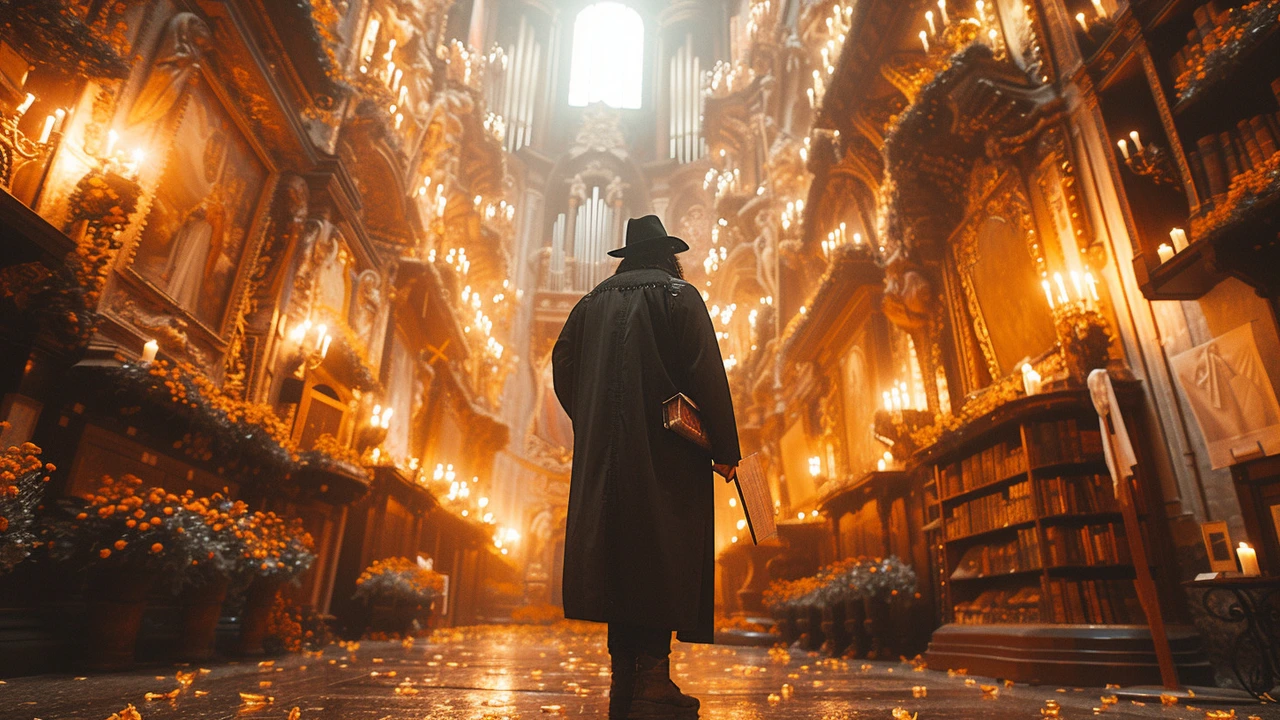Hey there! This blog post sheds light on Rococo, a style in art and architecture that's much more than just frills and flourishes. We'll dive into the rich history of this style, examine its evolution, and explore how its influences persist in modern designs today. It's a fascinating journey into our cultural past that I believe you'll enjoy just as much as I enjoyed writing it for you.
Decorative Design: Read Architecture’s Details, Not Just Shapes
Ornament tells stories. Even plain façades carry choices about materials, rhythm, and scale that shape how we feel. This page helps you spot decorative design across styles—from Beaux-Arts cornices to High-Tech metal braces—and gives quick, useful tips to use ornament well in real projects.
How to recognize decorative design
Start small: look at edges, joints, and window surrounds. Decorative design shows up as repeated patterns, carved or molded trims, contrasting materials, and deliberate color accents. For instance, Georgian buildings use symmetry and brick detail; Beaux-Arts layers sculpture and balustrades; Greek Revival leans on column orders and pediments. Modern movements like Bauhaus and High-Tech either strip ornament away or make functional elements the visual focus—steel frames, exposed ducts, and glass joints become the new decoration.
Materials matter. Stone carving, terracotta tiles, wrought iron railings and clay roof tiles give a different message than polished steel, glass, or concrete. Pay attention to scale: small, fine ornament reads differently at street level than large sculptural forms that define a skyline. Also watch rhythm—repeating windows, cornices, or brackets create a cadence that feels intentional.
Using decorative design in your space: practical tips
Match style to purpose. If you’re restoring a historic house, follow original details: keep cornice profiles, window proportions, and door surrounds. For modern projects, pick one decorative idea and run with it—use a repeated pattern, a single bold material, or exposed structure as your signature. Mixing many motifs usually looks confused.
Keep proportion simple. Ornament should relate to the whole building. A small Victorian trim on a blocky modern volume will look tacked on. Instead, scale details to openings and sightlines. At human scale, tactile elements—stone sills, carved wood, textured plaster—encourage closer interaction. At distance, bold forms and silhouettes read better.
Think maintenance and climate. Intricate woodwork needs care in wet climates; metalwork may need coatings near the sea. Choose decorative materials that age well for your location. When budget is tight, use pattern and paint to create the feel of detail without expensive carving.
Use contrast intentionally. Light-colored molding against a dark wall, or a polished metal accent in a masonry façade, immediately highlights craft. But balance contrast with restraint—too many highlights dilute the effect.
Finally, learn from history without copying blindly. Study Colonial, Renaissance, Baroque, and Revival styles to understand why details were used. Then adapt ideas—proportion, repetition, material honesty—to your project. Decorative design is a tool: used thoughtfully, it improves clarity, comfort, and identity in buildings and spaces.
Want examples from specific styles? Check articles on Beaux-Arts, Greek Revival, Mediterranean Revival, and High-Tech to see how decorative choices shape whole buildings—and how you can borrow smart ideas for your own projects.

